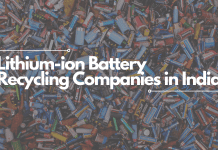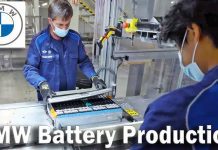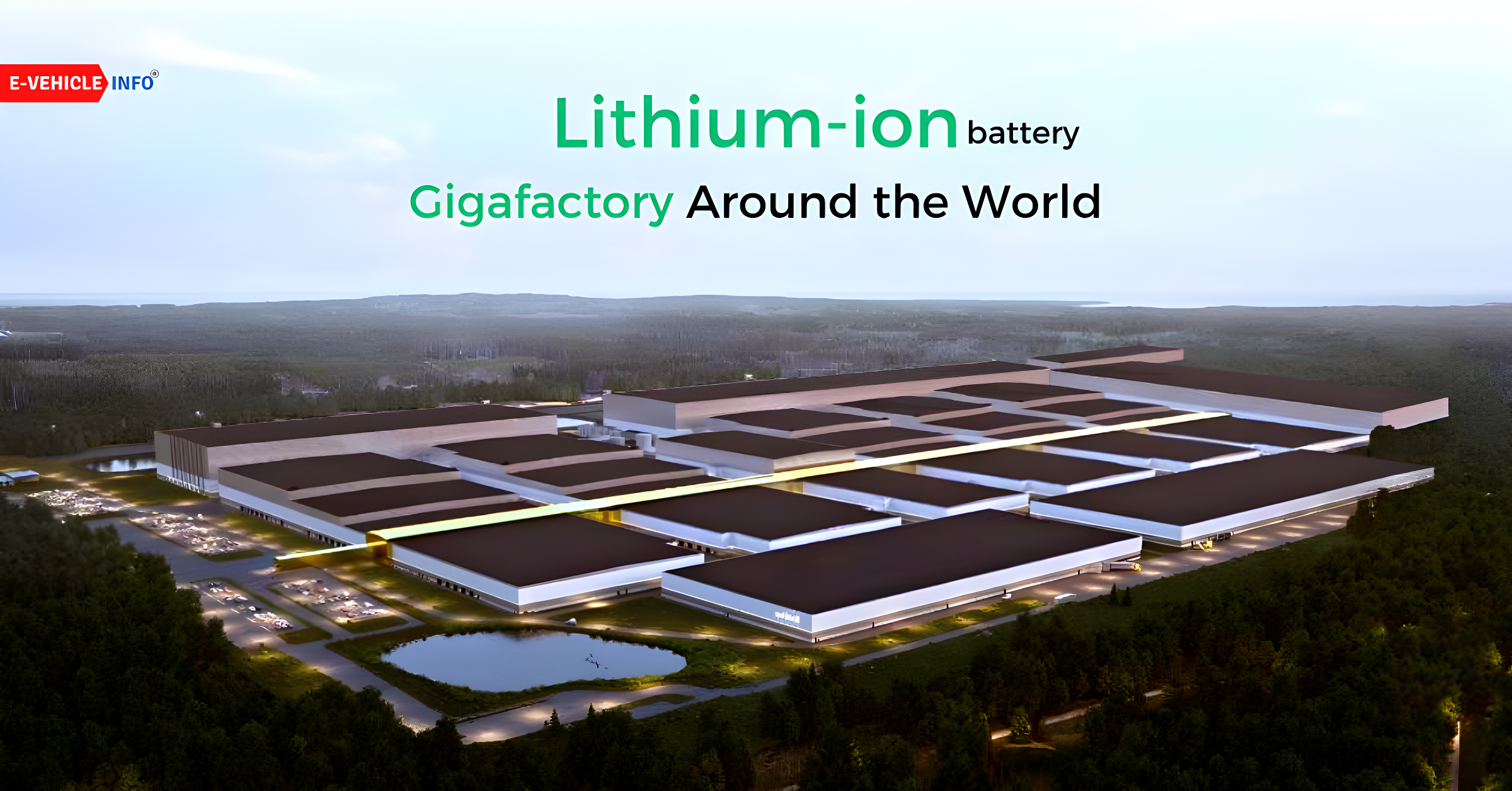
The automotive industry is transforming toward sustainability, with electric vehicles (EVs) at the forefront. One of the key factors driving this transformation is the establishment of electric vehicle Giga factories. Elon Musk, the CEO of Tesla, popularised the term “Giga factory.” It refers to a massive manufacturing facility built to produce electric vehicles (EVs), batteries, and other sustainable energy products on an unprecedented scale. The name “Giga” comes from the unit of measurement “gigawatt,” which represents one billion watts of power. These mega-facilities are influencing the future of transportation and playing a critical role in the global shift to clean energy. Let’s look at the various manufacturers in this field one by one.
Table of Contents
Tesla
Tesla, founded by visionary entrepreneur Elon Musk, has been a giant in the electric vehicle industry. The company’s Giga factories, which are strategically located around the world, are known for their advanced manufacturing processes and size. Let’s take a closer look at these key facilities:
Fremont, California
- Tesla’s Fremont factory, opened in 2010, is still one of California’s largest manufacturing sites.
- In 2021, it produced the first Model S, which went on to become the fourth best-selling EV in the United States in 2022.
New York Giga factory
- Tesla’s New York facility opened in 2017 and is crucial to the company’s energy products division.
- It manufactures Powerpack batteries, solar panels, and components for Supercharger stations.
Giga Texas (Austin)

- Tesla’s headquarters and assembly site, Giga Texas, opened in 2022.
- The facility covers 2,500 acres along the Colorado River and has over 10 million square feet of factory floor space.
- It is a key manufacturing hub for the Model Y and will be the future home of the CyberTracker.
- Beyond vehicle production, Giga Texas is involved in manufacturing battery cells and cathode material.
Giga Shanghai
- Giga Shanghai, which opened in 2019, has grown to become an important part of Tesla’s global supply chain.
- In 2022, it accounted for more than half of the company’s vehicle deliveries, demonstrating its impressive production capabilities.
Giga Berlin
- Launched in 2022, Giga Berlin represents Tesla’s expansion into the European market.
- This facility is a key player in the production of electric vehicles and batteries for the European region.
Read More: Tesla’s next Gigafactory in Asia could be in South Korea
Tesla’s plans to open Giga Mexico in 2025 signal the company’s commitment to expanding its global footprint. These Gigafactories show Tesla’s dedication to Elon Musk’s vision of heading the world toward sustainable energy. Musk emphasised this vision in 2016: “It would take 100 Giga factories to transition the whole world to sustainable energy.” Each facility is designed for mass EV production and sustainable practices that align with Tesla’s environmental goals.
NIO
NIO, a Chinese electric vehicle manufacturer, has gained recognition for its high-performance electric vehicles. The company’s manufacturing facilities, such as its NIO Park in Hefei, demonstrate China’s determination to become a global leader in the EV market. Neo Park aims to produce one million electric cars and 100 GWh of batteries per year. The initial investment in Neo Park is substantial, amounting to 50 billion yuan (approximately 6.4 billion euros). As part of a framework agreement with the city of Hefei and the Anhui region, NIO secured commitments totaling more than ten billion yuan (1.3 billion euros). According to company CEO William Li, NIO intends to start producing electric vehicles at its Neo Park plant in the third quarter of 2022.
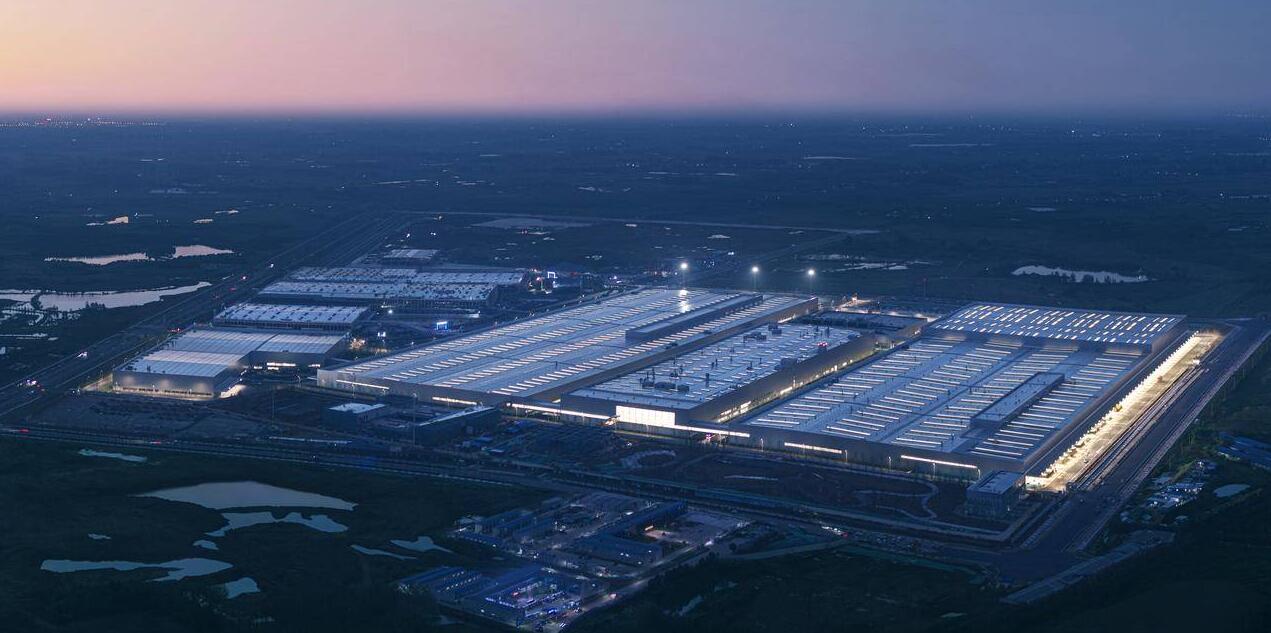
- Neo Park is designed to cover the entire value chain for intelligent electric vehicles, including software development for self-driving, innovative vehicle technologies, battery production, and vehicle assembly.
- NIO is using Anhui loans to fund infrastructure expansion, including the development of battery exchange stations.
- As part of this infrastructure investment, NIO introduced the second generation of its battery exchange station, which can perform 312 battery changes per day.
- NIO announced its entry into the European market, beginning with Norway. This is a significant step in the company’s global market strategy, demonstrating its intention to compete on a global scale.
The NIO factory in Hefei’s Neo Park exemplifies China’s commitment to advancing the electric vehicle industry, with NIO playing a critical role in this transformational journey. Strategic partnerships, investments, and sustainable practices highlight the facility’s importance to NIO’s pursuit of intelligent and environmentally friendly mobility solutions.
BYD
BYD Company Limited, headquartered in China, is a pioneering force in the production of electric vehicles and batteries. The company, known for its massive electric car plants, plays an important role in China’s larger mission to reduce carbon emissions and promote sustainable transportation. BYD plans to support its ambitious electric vehicle strategy by investing 10 billion yuan (~$1.49 billion USD) in a new battery Gigafactory in Chongqing Municipality, southwest China.
- The new battery Gigafactory, with an annual output capacity of 20 gigawatt hours (GWh), is expected to become a major battery production base for new energy vehicles in China. In fact, BYD’s most recent venture places it among the frontrunners for one of the world’s largest battery factories.
- BYD’s new factory features eight fully automated lithium-ion battery production lines that cover the entire range from battery cells to full battery packs. The finished battery packs will be used to power BYD’s electric vehicle production in China, which ranges from electric cars to buses and trucks.
- BYD’s commitment extends beyond quantity to quality, with a particular emphasis on the production of prismatic LiFePO4 battery cells. This distinguishes BYD from industry norms, which typically use the more common NCA and NMC battery cells.
- With the addition of this new Gigafactory, BYD’s total production capacity, including all of its factories, is expected to reach an impressive 100 GWh by the start of the next decade.
BYD’s relentless pursuit of expanding battery production capabilities highlights its critical role in the global transition to electric mobility and sustainable energy solutions. BYD President and Chairman Wang Chuanfu encapsulates the company’s visionary spirit, predicting that all new cars in China could be electric as early as 2030. As BYD continues to build these Giga factories, it positions itself at the forefront of the electric vehicle revolution in China and worldwide.
Read More: Gigacasting: How Transforming Future of EV Manufacturing
LG Energy Solution
LG Energy Solution (LGES) is a global powerhouse in the field of electric vehicle batteries, with strategic investments and ground-breaking projects shaping the future of sustainable transportation. LGES is at the forefront of the electric revolution, having pioneered the construction of a massive battery Giga factory in the United States and recently unveiled Europe’s largest EV battery plant. Let’s look at the specifics defining LGES’ significant ventures and commitment to advancing electric mobility.
US Battery Gigafactory in Queen Creek, Arizona:
- LGES has announced a massive investment of KRW 7.2 trillion (US $5.5 billion) in a new battery Giga factory in Queen Creek, Arizona.
- The complex includes two production facilities, one of which focuses on cylindrical 2170 battery cells for electric vehicles, with an annual production capacity of 27 GWh.
- The second facility is dedicated to lithium iron phosphate (LFP) pouch cells for energy storage systems (ESS), with a massive 16 GWh annual production capacity.
- The LFP production line at the Arizona factory is hailed as the world’s first ESS exclusive battery production facility. This innovation, which is expected to go into production in 2026, is consistent with LGES’ commitment to developing stationary energy storage technology.
LGES’s Largest EV Battery Plant in Europe (Wrocław, Poland):
- The Wrocław facility in western Poland is the largest EV battery plant in Europe and one of the world’s largest, with advanced and highly automated manufacturing processes.
- With an initial manufacturing capacity of 35 GWh/year, it is planned to expand to 65 GWh/year, supplying several hundred thousand electric vehicles per year.
- Poland’s €95 million ($104 million) investment aid reinforces LG Chem’s commitment to building the Giga factory in Europe.
- LGES emphasises its commitment to carbon neutrality by running the plant on 100% carbon-neutral electricity.
LGES intends to invest $2.1 billion in partnership with General Motors to build a new EV battery plant in the United States. This is their third joint battery plant, with equal funding from Ultium Cells, their US based battery joint venture. LGES’ journey unfolds as a story of innovation and dedication to transforming the electric vehicle landscape. From the development of cutting edge Giga factories in the United States to the establishment of Europe’s largest EV battery plant, LGES is not only a participant but also a catalyst in the global shift toward sustainable and electrified mobility. As the company continues to break new ground and redefine industry standards, its vision aligns perfectly with a future in which EVs, and clean energy solutions take centre stage in the pursuit of a more sustainable world.
CATL
China’s Contemporary Amperex Technology Co. Limited (CATL), the world’s largest producer of lithium-ion batteries, is poised to transform Europe’s electric vehicle landscape. With plans for Europe’s largest battery plant in Hungary, a thriving battery Giga factory in Germany, and joint ventures with major automakers, CATL is at the forefront of the continent’s burgeoning electric mobility revolution. Let’s look at how CATL’s initiatives are reshaping the future of EVs in Europe.
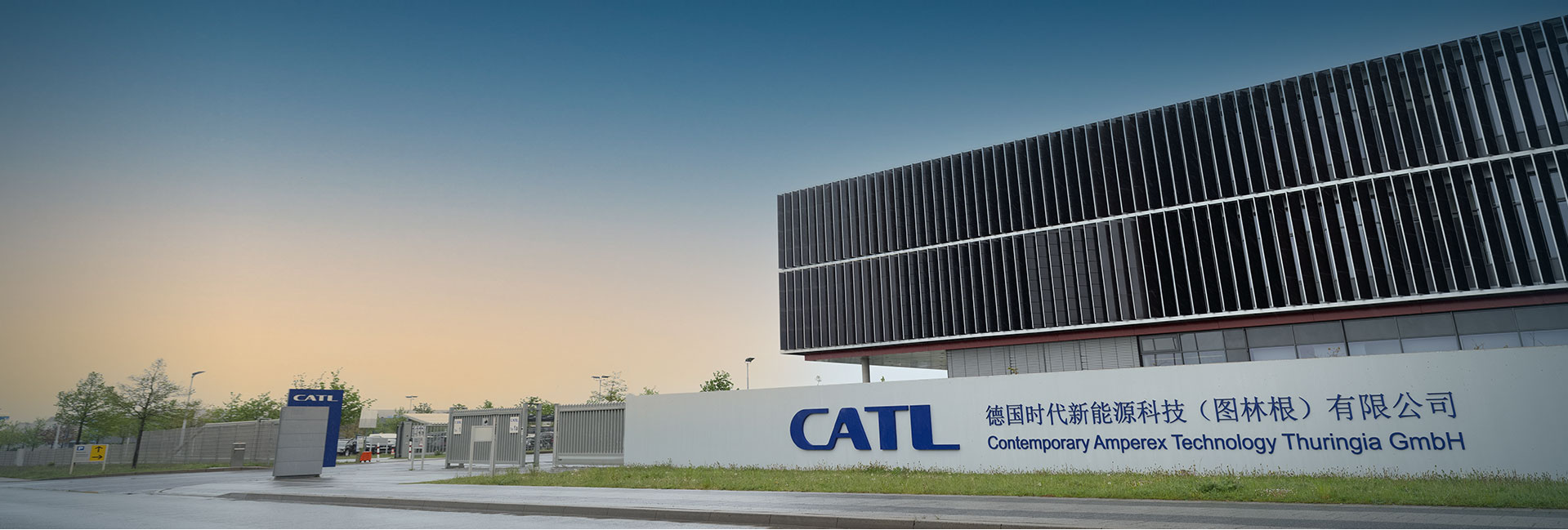
Hungary’s Ambitious Battery Plant:
- CATL announces a groundbreaking plan to construct Europe’s largest battery plant in Debrecen, Hungary, with a staggering $7.5 billion investment.
- The plant aims to produce 100 GWh per year, enough to power over 200,000 electric vehicles, cementing Hungary’s position as Europe’s battery production hub.
- CATL’s Hungarian plant is strategically positioned to supply battery cells and modules to European automotive giants such as BMW, Mercedes-Benz, and Volkswagen, taking advantage of Hungary’s low manufacturing costs and automotive concentration.
- The plant is CATL’s second foray into Europe, following its 14 GWh facility in Germany, which is set to begin construction by the end of the year.
Germany’s Arnstadt Plant
- The plant can produce 30 million cells per year, enough to power approximately 350,000 electric vehicles, with plans to expand capacity to 24 GWh.
- CATL recognises the importance of localising its supply chain and intends to hold a supplier conference in Weimar, Germany, to strengthen ties with European suppliers.
- The company intends to pursue a comprehensive localisation strategy, addressing concerns about over-reliance on foreign producers for critical EV technology.
CATL’s multifaceted approach in Europe, ranging from massive battery plants to collaborative ventures, demonstrates the company’s commitment to driving regional mobility electrification. The ambitious scale of the Hungarian battery plant, ongoing innovations in Germany, and strategic collaboration with Stellantis all contribute to CATL’s position as a key player in Europe’s transition to sustainable transport. As the continent sees the rise of Giga factories and the localisation of supply chains, CATL’s contributions shape the narrative of a future in which electric mobility is more than just a vision but a reality for everyone.
Rivian
Rivian, the pioneering electric vehicle manufacturer, is about to take a massive step forward in its manufacturing capabilities with the opening of its second plant in the United States in Bryan County. Rivian has partnered with Clayco, one of the largest design and construction firms in the United States, to expand its production footprint and introduce a more affordable EV model, the R2. The Georgia Gigafactory, a $5 billion investment, is more than just a vehicle manufacturing facility; it demonstrates Rivian’s dedication to sustainable practices and community engagement. Let’s get into the specifics of this electric odyssey, which promises to reshape the landscape of EV production in the US.
Read More: Top Lithium-ion battery Gigafactory in India
Strategic Partnership with Clayco:
- Rivian’s collaboration with Clayco represents a strategic move to capitalise on the construction company’s expertise in designing and building cutting edge facilities.
- Clayco’s involvement positions Rivian for a smooth and efficient construction process, ensuring that its ambitious plans are carried out on schedule.
- Legal battles over a significant incentive package initially stalled construction, but after securing a massive land agreement, Rivian is set to begin construction.
- The 1,800 acre complex in Bryan County will house Rivian’s R2 vehicles, representing a significant expansion from the company’s current Normal, IL plant.
- Construction is expected to begin in 2024, with the first stage allowing to produce 200,000 vehicles annually.
- Rivian’s ambitious goal is to double capacity by the end of the decade, demonstrating its belief in the increasing demand for electric vehicles.
Rivian’s expansion into Georgia represents more than just increased production capacity; it demonstrates a commitment to sustainability, innovation, and community collaboration. As the company navigates legal challenges and moves forward with construction plans, the Georgia Giga factory becomes a symbol of Rivian’s determination to reshape the electric mobility landscape. Rivian’s introduction of the R2 as an affordable option demonstrates the company’s understanding of market dynamics and vision to make electric vehicles more accessible to a wider audience. This chapter in Rivian’s Electric Odyssey marks a pivotal moment, echoing its dedication to driving the future of sustainable transportation while fostering a positive community.
Volkswagen
Volkswagen, a major global automotive company, is preparing to reshape the landscape of electric vehicle manufacturing with ambitious plans for new battery cell plants and Giga factory. In order to accelerate its transition to electric mobility, the company is actively looking for locations for its upcoming battery facilities in Spain and Eastern Europe. The announcement demonstrates Volkswagen’s determination to improve its electric vehicle capabilities and become a leader in the race for sustainable transportation. As the automotive giant expands its manufacturing capabilities and envisions a future dominated by electric vehicles, the strategic placement of these new Giga factories is expected to play a critical role in achieving its electrification goals.
- Volkswagen is actively looking into potential locations for its planned battery cell plants in Spain and Eastern Europe. The exact locations for the third and fourth gigafactories are expected to be determined in the first half of 2022.
- Volkswagen plans to open two new battery cell factories in Europe by 2030, with a clear focus on electric mobility. This expansion demonstrates the company’s long-term commitment to increasing production capacity for electric vehicles.
- Volkswagen Group has a vast network of manufacturing plants for its Modular Electric Drive Toolkit (MEB)-based electric vehicles. The company has five global sites, including Zwickau in Germany, Transparent Factory in Dresden, Mladá Boleslav in Czechia, and FAW-Volkswagen and SAIC Volkswagen plants in China, with a combined production capacity of more than 900,000 vehicles.
- The Zwickau facility in Germany, one of Volkswagen’s key electric vehicle production hubs, currently produces approximately 800 all electric ID.3 and ID.4 vehicles per day. As the production line expands to include new models, the peak production rate is expected to reach 1,500 vehicles per day, which equates to 330,000 vehicles annually.
Volkswagen’s strategic moves to build new battery cell plants and gigafactories demonstrate its importance in shaping electric mobility’s future. With a clear plan for expanding and optimising its battery related activities, the company is positioning itself as a leader in the global transition to sustainable transportation. As Volkswagen invests in cutting-edge manufacturing capabilities and seeks new locations for its gigafactories, the automaker is poised to make significant contributions to the growing ecosystem of electric vehicles, paving the way for a greener automotive future.
Conclusion
Electric vehicles are the hottest story in the market right now. Establishing Giga factories and large-scale manufacturing facilities dedicated to the production of electric vehicles. In the ever-changing landscape of electric vehicle (EV) manufacturing, the proliferation of giga factories around the world symbolises an important turning point for sustainable transportation. The ambitious efforts of industry leaders such as BYD, LG Energy Solution, CATL, and Rivian demonstrate a shared commitment to increasing production capacity, driving innovation, and promoting a greener future. These Giga factories represent not only the electrification of mobility but also paradigm shifts toward cleaner energy solutions. As the race to build the largest and most advanced facilities heats up, each new plant represents a significant step toward a world in which electric vehicles are not just a choice, but a pervasive reality. The global network of Giga factories, with its diverse approaches and regional focus, demonstrates the collaborative efforts required to address climate challenges and accelerate the transition to sustainable transportation on a global scale.

